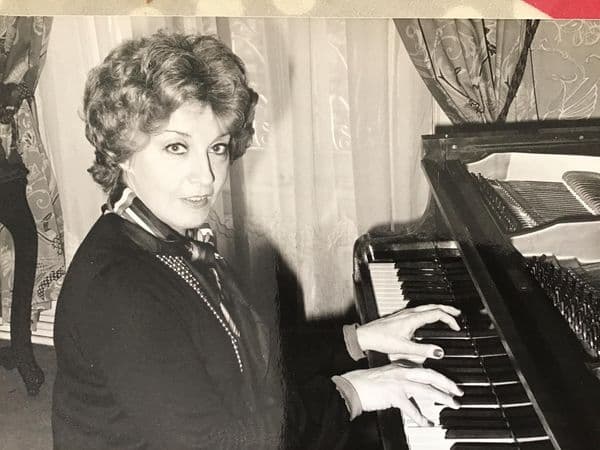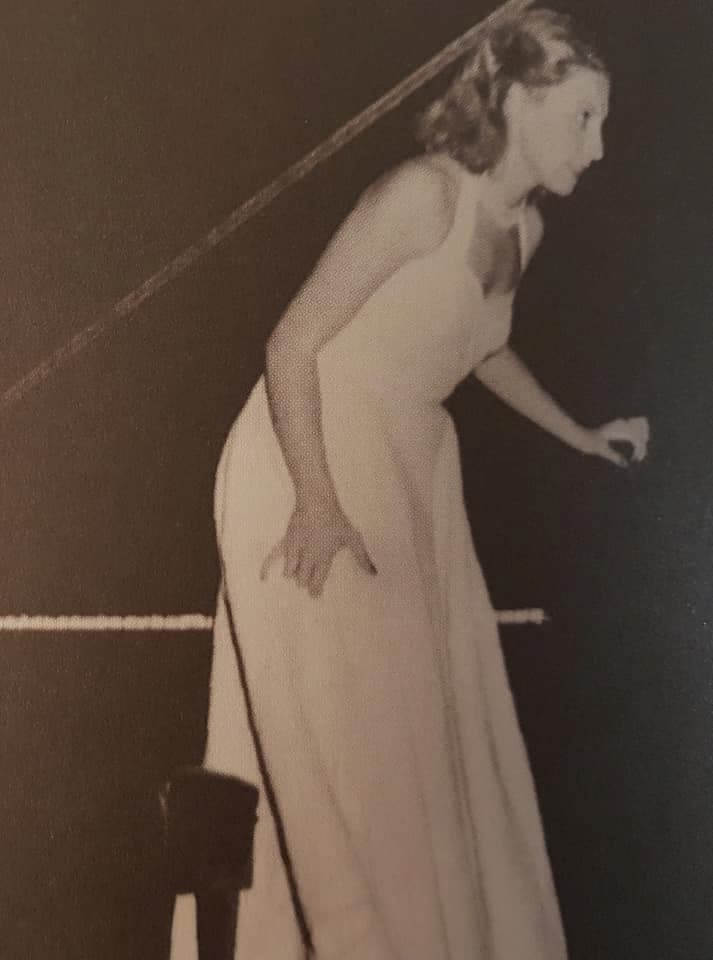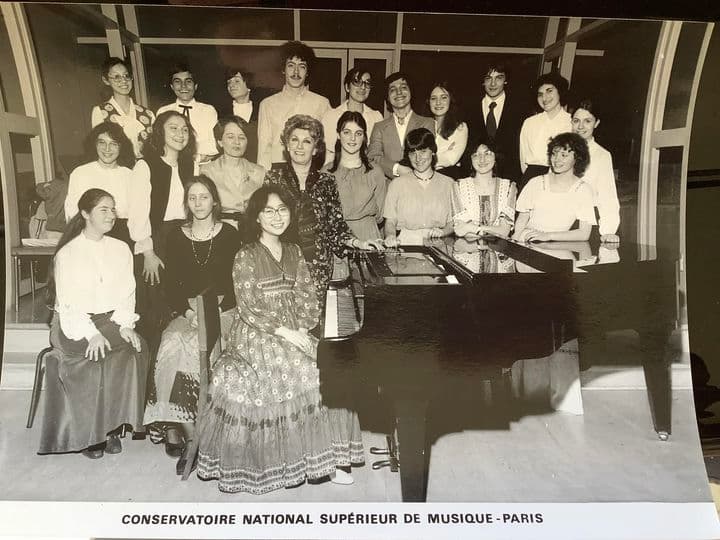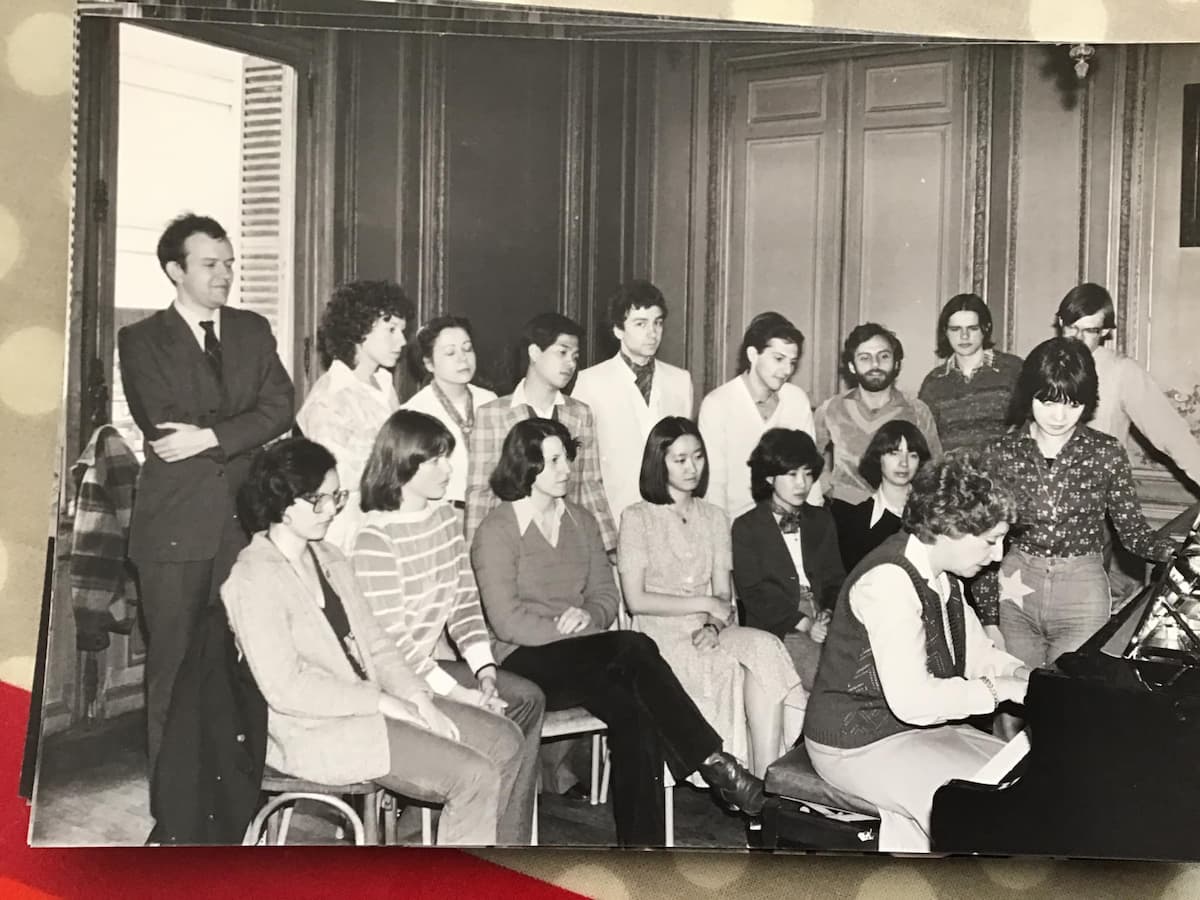The exceptional pianist and pedagogue Germaine Mounier, born on 7 February 1920 in Neuilly-sur-Seine, had a reputation as one of the most successful piano teachers in Paris. She taught a very large class at the École Normale over many years and gave master classes around the world. Notably, she was the first French woman to give master classes at the Moscow Conservatory. She was adamant that there was no “Mounier Method,” as “a teacher must study the morphology of each student and also work to bring out the personality of each student. I have never taught all students in the same way. Even advanced students can be stiff or have a bad sound, and solving these problems with a young woman will not be quite the same as solving them with a young man.”

Germaine Mounier
Mounier seemed surprised that some students don’t come into her studio as well prepared, as they should be. She explains, “I am always astounded when a new student comes to me who can’t play a single Czerny etude. To me, that’s like someone wanting to write a book who doesn’t know the language. You can’t become a virtuoso by thinking that you can get technique from playing big pieces.”
Claude Debussy: Estampes (Germaine Mounier, piano)
Mounier’s Piano Study

Germaine Mounier in Calcutta, 1951
Mounier’s teaching style is based on her own experiences as a student of a good many teachers. She started with a woman who was a marvelous singer as well as a pianist, and she always sang along while Mounier played her lessons. According to Mounier, “this gave me a real love of melody from an early age,” and if you watch some Mounier teaching clips on youtube, you quickly realize that she sings along with her students as well. Making rapid progress, Mounier entered the Germaine Alem-Chéné preparatory class at the Conservatoire. “I liked her a lot,” explains Mournier, “and I remember having to do new pieces for each lesson, Scarlatti, Mendelssohn, and quite a bit of music that was modern for that time.” After receiving her medal in 1935, Mounier auditioned for Yves Nat, but his studio was limited to twelve students, so she worked privately with him for one year. “This experience was very valuable for getting the weight technique that he advocated, achieving a real feeling for the depth of sound.” Mounier continued her professional path with Santiago Riera at the Conservatoire, one year before he retired.
Frédéric Chopin: Fantasy in F minor, Op. 49 (Germaine Mounier, piano)
Mounier’s Favourite Teacher: Magda Tagliaferro

Germaine Mounier’s performance in Paris, 2000
“I don’t remember much about Riera except that he taught a lot of Liszt and gave us fingerings that he’d been given by Emil von Sauer, I think. This repertoire was good for my large hands, but I must say that I didn’t feel much rapport with Riera.” It turned out that Magda Tagliaferro was Mounier’s favorite teacher, for a number of reasons. “She would arrive at each class wearing an expensive new haute couture suit by a top designer like Coco Chanel. I remember that once she was dressed entirely in violet, a violet suit, violet hat, violet gloves, violet shoes, and violet handbag! And at the next class she might be wearing all green, as she never wore the same thing twice.” Fashion aside, Mounier also credits Tagliaferro for “teaching us to play with relaxation in the arms, using rather exaggerated movements to free them up. I played pieces from Iberia and Goyescas, and also Schumann’s Études symphoniques.” Sadly, Tagliaferro left for the United States and Brazil during the war, and her studio was in the hands of temporary replacements. Mounier said in an interview, “it was an absolutely crazy period, with a different professor taking over her class every week. Perhaps that’s why I’m not a bad teacher, for I’ve been exposed to many points of view and have had to think for myself about what works.”
Wolfgang Amadeus Mozart: Piano Sonata No. 13 in B-Flat Major, K. 333 (Germaine Mounier, piano)
Early Teaching Career

Germaine Mounier’s class at the Paris Conservatoire
After a period of touring during the early 1950s, which saw her perform in Europe and also in the Philippines, Vietnam, Indochina, Singapore, and Hong Kong, Mounier was asked to become an assistant to Yvonne Lefébure in 1954. After ten years, she became Yvonne Loriod’s assistant during the 1960s, and eventually, Alfred Cortot asked her to take a class at the École Normale.

Germaine Mounier’s masterclass
“Some students come to the École Normale,” Mounier explains, “to study before they enter the Conservatoire, others come after they have finished at the Conservatoire, and still others come with no intention of studying at the Conservatoire. In any case, the level is high.” From 1978 to 1987, Mounier had her own class at the Conservatoire and coached several generations of some of the biggest names on the international piano stage. In her teaching, she was primarily interested in sound, “in getting the student sensitized to using different pressures on the keys, to shaping each note of a melodic line very slowly, matching the sound of a note to that of the previous one, which is already dying away… Music, after all, is sound-painting.”
For more of the best in classical music, sign up to our E-Newsletter
Frédéric Chopin: Fantasy-Impromptu in C-Sharp Minor, Op. 66 (Germaine Mounier, piano)
